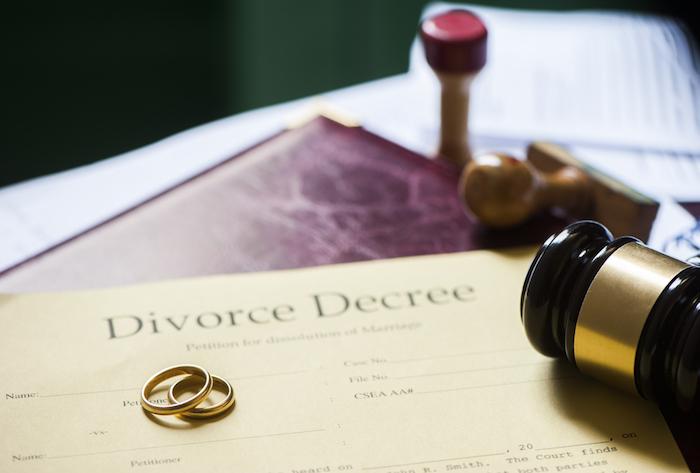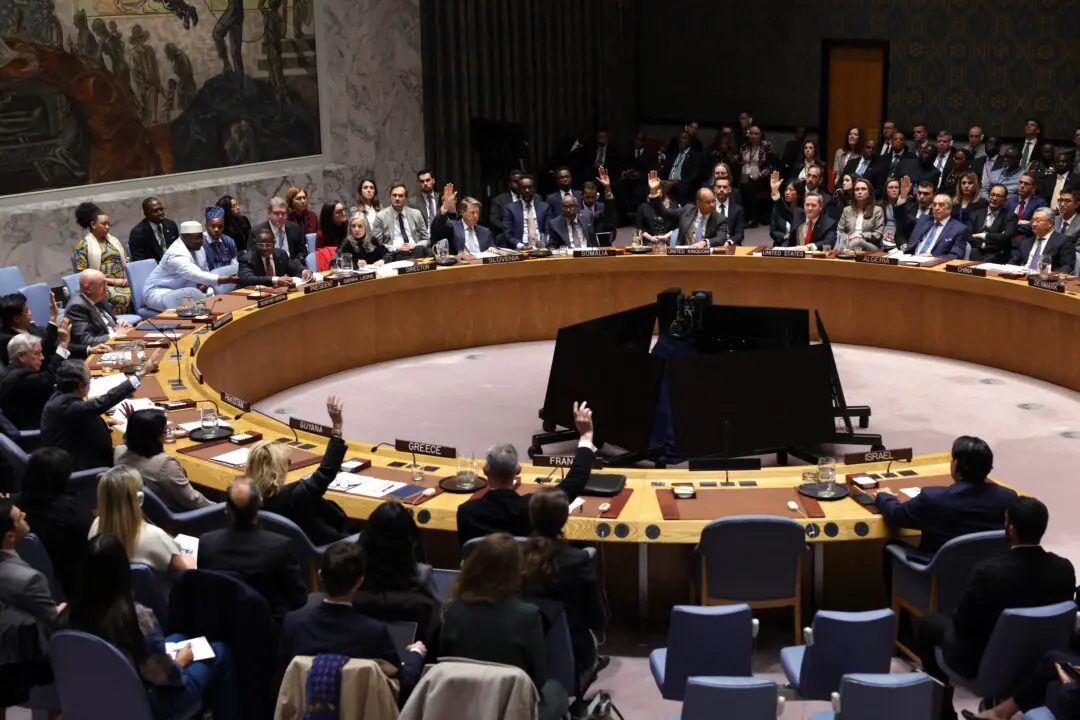The number of couples getting divorced has reached its lowest rate since 1971, official data has revealed.
There were 80,057 divorces granted in England and Wales in 2022, representing a 29.5 percent decrease compared with 2021.
The report also recorded a 22.8 percent decrease, compared with 2021, in the number of civil partnership dissolutions. There were 525 civil partnership dissolutions recorded in 2022, the lowest rate since 2010.
The median duration of marriages that ended in divorce was 12.9 years for opposite-sex couples. Same-sex marriages for male and female couples lasted 7.5 and 6.3 years respectively.
For the first time, the ONS data included divorce and dissolution rates under the new law that came into effect in April 2022.
A 20-week “cooling off” period sets the timeframe from the start of divorce proceedings until the conditional order application. In the conditional order, couples are expected to reflect on their relationship and agree on any practical matters.
The law also put an end to the “blame game,” by removing the requirement to state grounds for divorce. Under the act, couples don’t have the option of contesting the divorce and can opt to make a joint application.
Out of the total figure, 9.2 percent of opposite-sex divorces and 10.3 percent of dissolutions have been granted under the new act. In same-sex couples, 15.4 percent of divorces were granted after the change in legislation. Of these, 69 percent were granted to female couples.
Close to 29 percent of post-act divorces were granted under joint application.
Before the new law took effect, the most common divorce reason given by applicants was “unreasonable behaviour.”
Contributing Factors
The ONS suggested that lower rates of divorce in 2022 could reflect the introduction of the new waiting period.Disruption of family court activity during the COVID-19 pandemic could have led to higher number of divorces in 2021, the report added.
Family law solicitors have argued that the cost-of-living crisis contributed to the decrease in divorce rates.
Nearly half of people who divorce, end up with incomes, decreased by 31 percent, in the year after separation. This can leave someone with £9,700 less a year on average, research showed.
A national mediation charity has warned that divorce statistics don’t account for the couple who choose to live together and have children without getting married.
“Whilst it would be nice to assume that the drop in divorce rates means that more couples are living happily together, I think it’s naïve to assume that the number of families in conflict has reduced,” the CEO of the National Family Mediation, Sarah Hawkins told The Epoch Times.
Ms. Hawkins confirmed that an increasing number of people cannot afford to go their separate ways because of the cost-of-living crisis.






